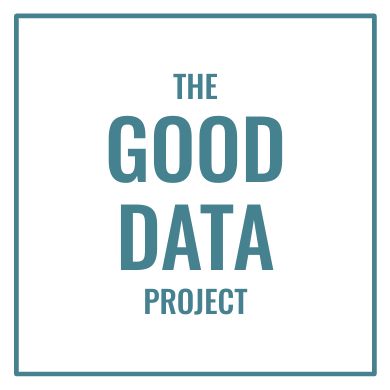I’m amazed how much wisdom I find online. You know those Instagram posts that offer profound insight. Those LinkedIn updates that combine data and logic into actionable advice. Those perfectly-formed tweets that make something you’d never even considered now seem remarkably clear.
Mostly I’m amazed at how many of them are garbage. Shiny nuggets of bunk.
Consider this post LinkedIn recommended to me:
This post follows the formula perfectly: data + logic = insight. And it’s reaped the rewards; the original Twitter post and LinkedIn post have received thousands of impressions and the LinkedIn copycat has reached even further.
But a couple minutes on Google reveals that none of these data claims is true:
People spend 10 times more on vitamins and supplements than on painkillers. Statista says consumers spent more than $300 billion on vitamins and dietary supplements in 2023, versus about $30 billion on painkillers.
People spend 8 times more on sunscreen than on sunburn creams. Grand View Research reports adult and baby sunscreen account for about 80% of global sun care sales; aftersun care only represents around 10%.
People spend 100 times more on mouthwash than on whitestrips. Fact.MR says consumers spent just $84 million on white strips in 2022, compared to $8.5 billion on mouthwash. (Plus billions more on toothpaste, toothbrushes, and floss.)
The data is so wrong that it not only invalidates the whole post, it destroys the credibility of the people who shared it.
I can’t say why the original poster fabricated these statements. (Perhaps in their corner of the world these things are true? Though the fact they didn’t cite sources indicates they knew the data wasn’t right.) And I can’t say why the copycat reposted unsourced data without verifying it. (Though the fact he used someone else’s content without attribution to build his own brand suggests he was more worried about likes than accuracy.)
I do understand how tempting a good data story can be. As the copycat poster wrote, “I saw this amazing post today and had to share it with you!” I’ve even repeated false data stories myself. But when you see a great story without attribution it’s time to turn your brain on, not off. And when you create one of these posts yourself it’s important to cite your sources so people trust what they’re reading.
And yes, it is possible to create viral content that lists sources. Organizational psychologist Adam Grant has collected millions of social followers and regularly generates more than 50,000 Instagram likes with well-sourced insights.
Because online “wisdom” that’s not based in reality is just shiny bunk.
Thanks for reading. What’s the shiniest bunk you’ve seen online? Post it in the comments below or on LinkedIn. And if you want good data delivered to your inbox, subscribe here.


